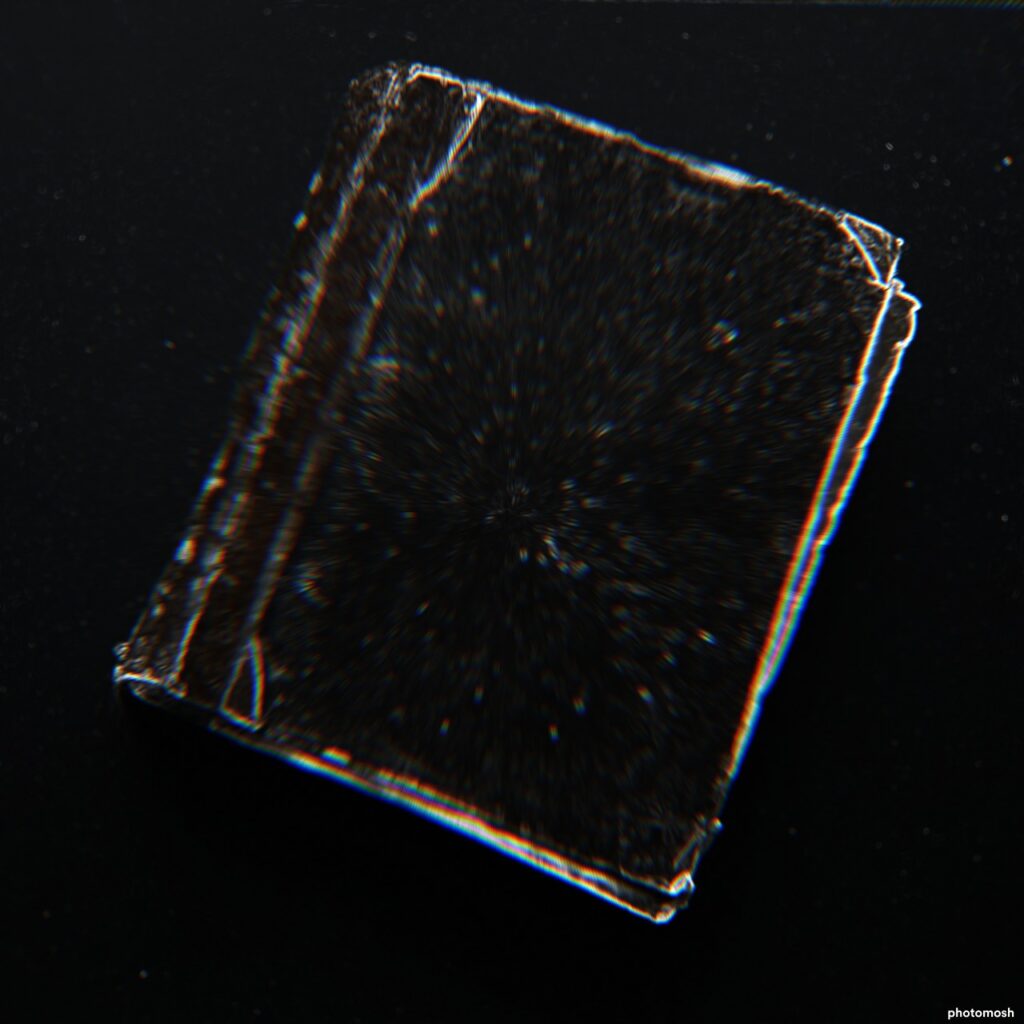
Written in the Stars
by Richard Scott Larson
I’m in Red Cloud looking at the stars. Hours after dark, the Nebraska prairie just south of town sweeps out toward faint distant lights marking the horizon below the glittering night sky. The darkness at this late hour seems flattened to the ground and cowering from the enormity of the cosmos, our bodies just shadows to each other as we crane our necks and try to see it all at once: the Milky Way and the Big Dipper looming over the whispering grasses, Cassiopeia on her throne. One shooting star, and then another. Someone finds Venus hanging low in the distance and each of us turns to look as we brace our bodies against a cold wind.







